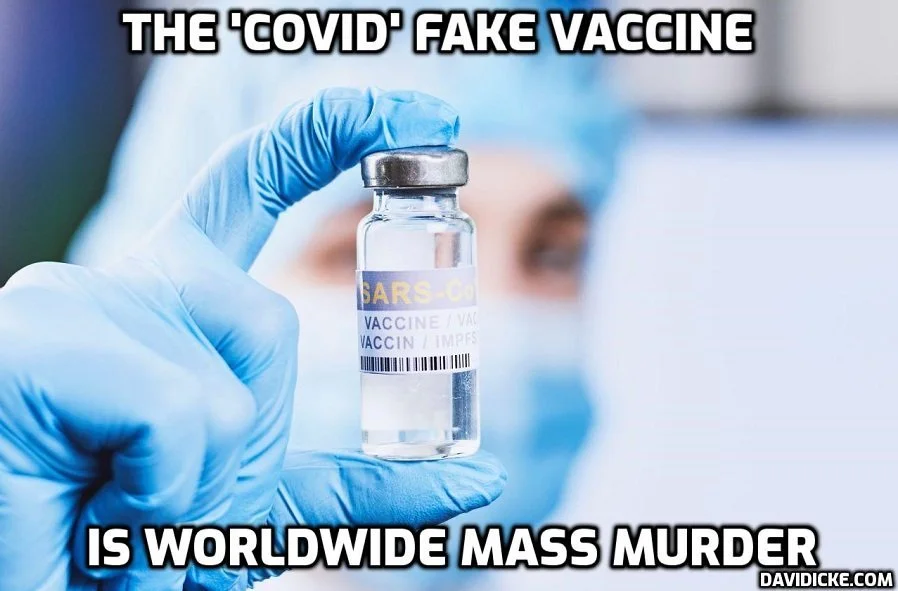Black/Latino Voter Turnout in Liberal NYC is High but the Quality of Citizenship Remains Low: Court Monitoring Project says Blacks/Latinos Make Up 90% of All NYPD Arrests, Mostly for Victimless Crimes
/From [HERE] My organization, the Police Reform Organizing Project, just released “Where’s the Outrage,” the 13th annual report of our Court Monitoring Project. Over the last eight years, PROP volunteers and representatives, numbering over 100 people through the years, have observed more than 7,000 cases in the arraignment parts of New York City’s criminal courts. About 90% of the cases have involved NYPD arrests of New Yorkers of color.
Perhaps a better name for our organization is the Police Monitoring Project, given that its central purpose is to track and report on NYPD arrest practices. Everyone who gets arrested in this city has to be arraigned. So as a reliable way of educating ourselves and the public about critical NYPD policies, we began eight years ago visiting the arraignment parts of the city four major criminal courts in Brooklyn, Queens, the Bronx and Manhattan.
Similar to the findings of all our previous publications, this year’s report establishes that the vast majority of the offenses that police charge New Yorkers with do not involve violence or threats to public safety, but rather reflect the defendants’ own compromised and distressing life circumstances: poverty, homelessness, drug addiction and/or mental illness.
Some charges that we often see include: petty larceny, disorderly conduct, controlled substance in the seventh degree and mischief. Supporting this point are our consistent findings that, on any given day, 85-100% of the defendants walk out of the courtroom and return to the community. Neither the judges nor prosecutors considered the defendants to be dangerous people. Also noteworthy is that the NYPD’s own stats, reflecting its focus on “broken windows” style policing, show that a majority of its arrests are for misdemeanor and lesser charges.
The skewed numbers and harsh human reality we regularly observe in our city’s criminal courts are not an accident. They are a function of NYPD policy and practice going back many years entailing targeting and criminalizing large groups of marginalized New Yorkers: African-Americans and Latinos and the unhoused, drug-addicted, mentally ill and other vulnerable individuals.
Here are several cases that we have observed illustrating our point about the daily harm and human damage that result directly from NYPD arrest practices:
A Black man is arrested on a theft of services charge. In a highly unusual, rarely seen move in the courtroom, the judge with the DA’s consent dismisses the charge. I follow the man — he’s accompanied by an older woman who I presume is his mother — and ask about the circumstances of the case. The woman responds: The man (who doesn’t speak in the ensuing conversation)n is, in fact, her son. He suffers from autism, the mother explains, a 30-year-old man with the mind of a 6-year-old. He loves to go for walks, especially in Central Park. On this occasion, he stopped in a restaurant there and ate lunch, but, since he had no money, couldn’t pay the bill. The restaurant called the police who arrested the man. The mother says: My son has no idea what happened today in court or what happened when he was arrested and locked up.
A Black woman in Brooklyn is arrested on a petty larceny charge. She was in a grocery store with her two daughters, who attempted to leave the place with fish hidden under their coats. Apparently not knowing where her girls are, she seems distraught. The judge releases her with the directive that she has to return at a later date as her case continues to be processed by the courts.
A disabled and elderly Black woman is arrested in Manhattan, also on a petty larceny charge; petty larceny is the NYPD’s second most common misdemeanor arrest. The judge releases her, and, with the aid of a cane, she hobbles out of the courtroom. We follow her and ask about her case. She says that she had taken a package of ham and eggs from the Pathmark in Harlem. We ask why. Perhaps surprised by our question, she explains that she was hungry.
We ask: “Where’s the outrage?” because, while our society does address its racial bias, the specific issues raised are more likely to focus on matters like: Did Hollywood nominate enough Black actors for an Oscar or how many coaches of color patrol the sidelines of NFL football games? Even regarding racist policing, we pay the most attention in response to shocking incidents of unjustified racial violence caught on video, rather than on the long-standing damage done daily which actually fosters an institutional culture in police departments that make inevitable tragedies like the killings of Eric Garner, Breanna Taylor and George Floyd.
As long as our politicians and media representatives persist in presenting police departments as the benighted agents of justice and safety and fail to acknowledge and expose the daily racist toll of law enforcement practices, the fundamental reforms required will be out of reach. We know from history that public outrage helped drive movements that have led to significant reforms in policy and practice: civil rights in the 50s and 60s; the marches and other actions calling for an end to the Vietnam war; the LGBT community’s activities pressing for an effective response to the AIDS epidemic, and more recently, the MeToo movement. Similarly, we urgently need the public outrage that harsh and harmful police practices have regrettably merited for us to achieve what we as Americans and New Yorkers aspire to: a truly just, safe and inclusive city and country.









































































































































































































































































